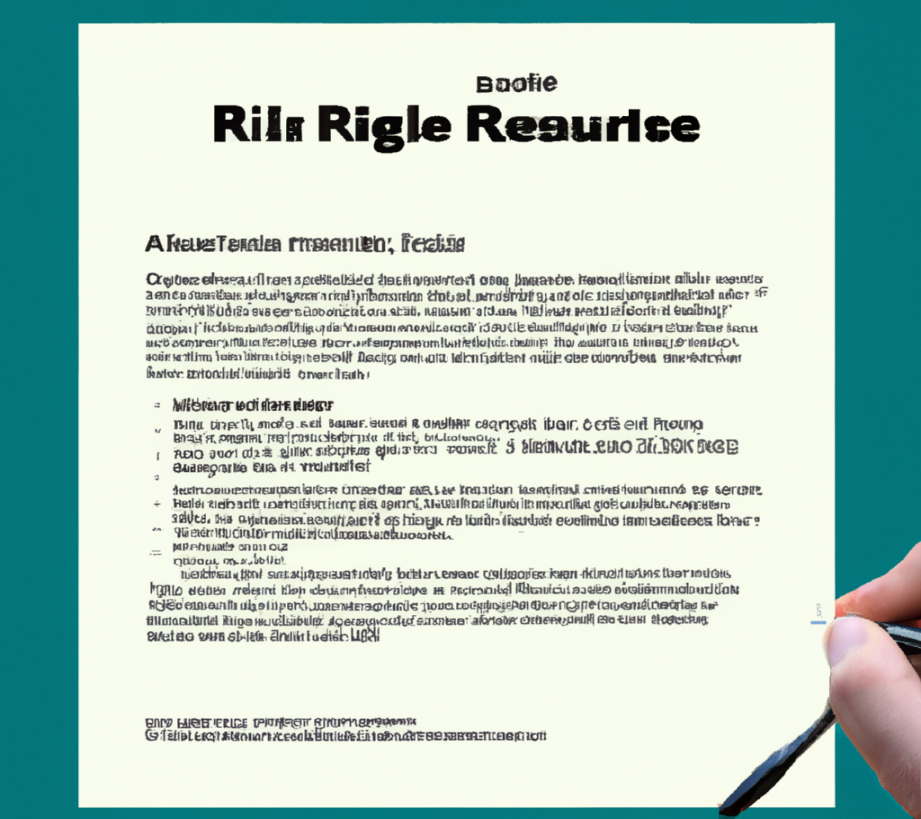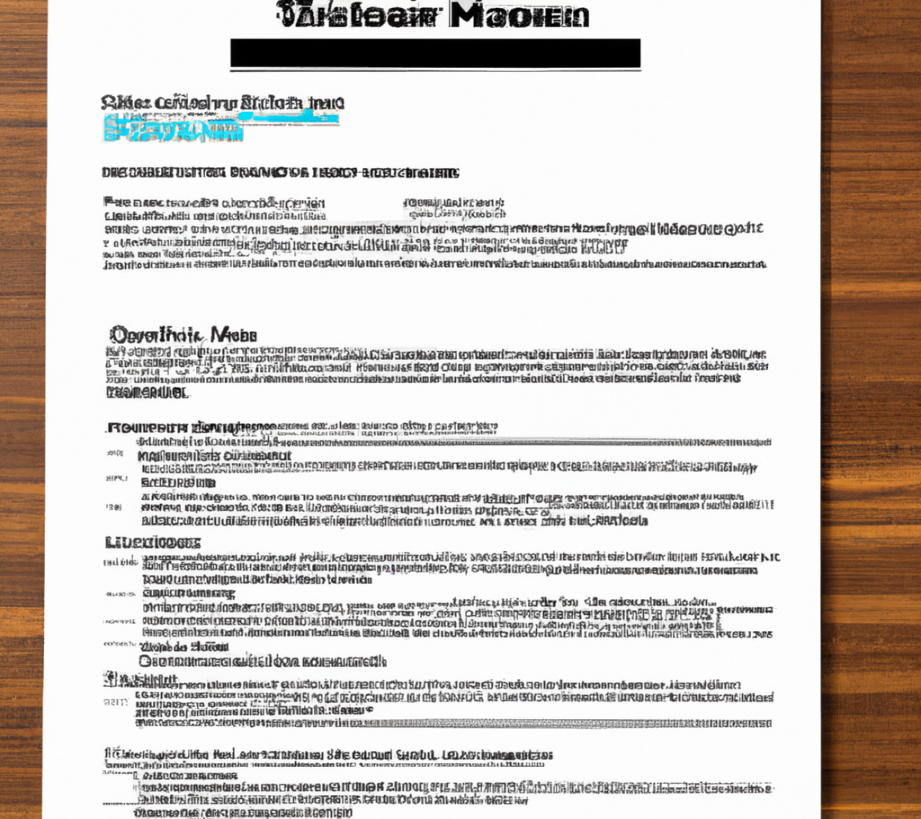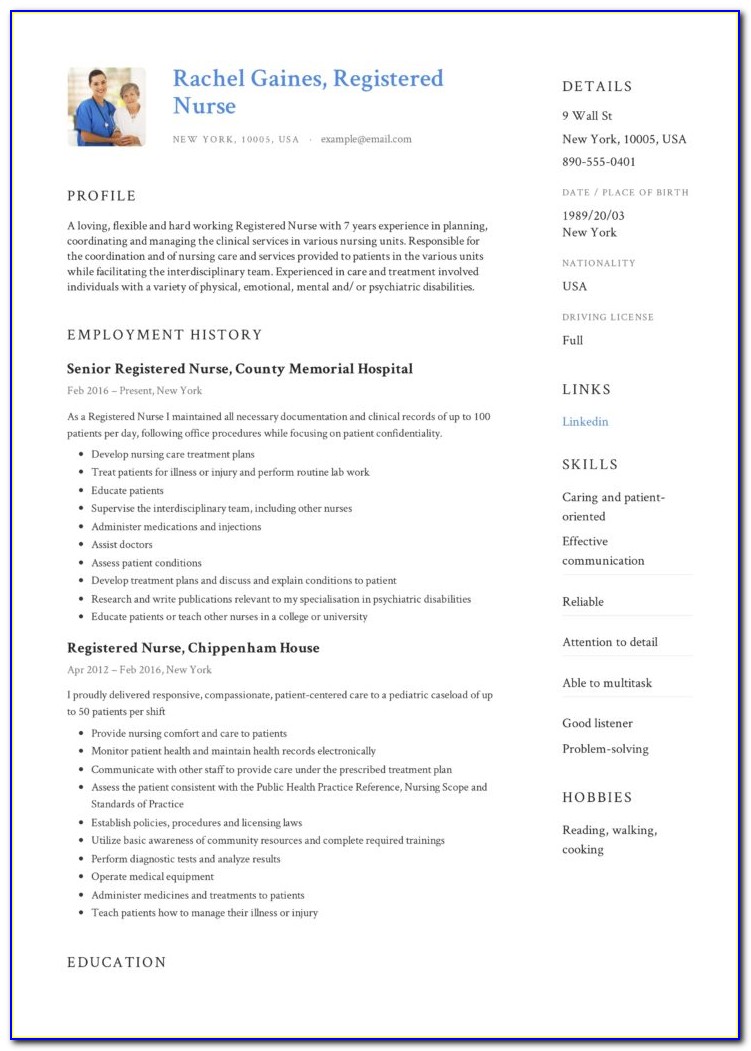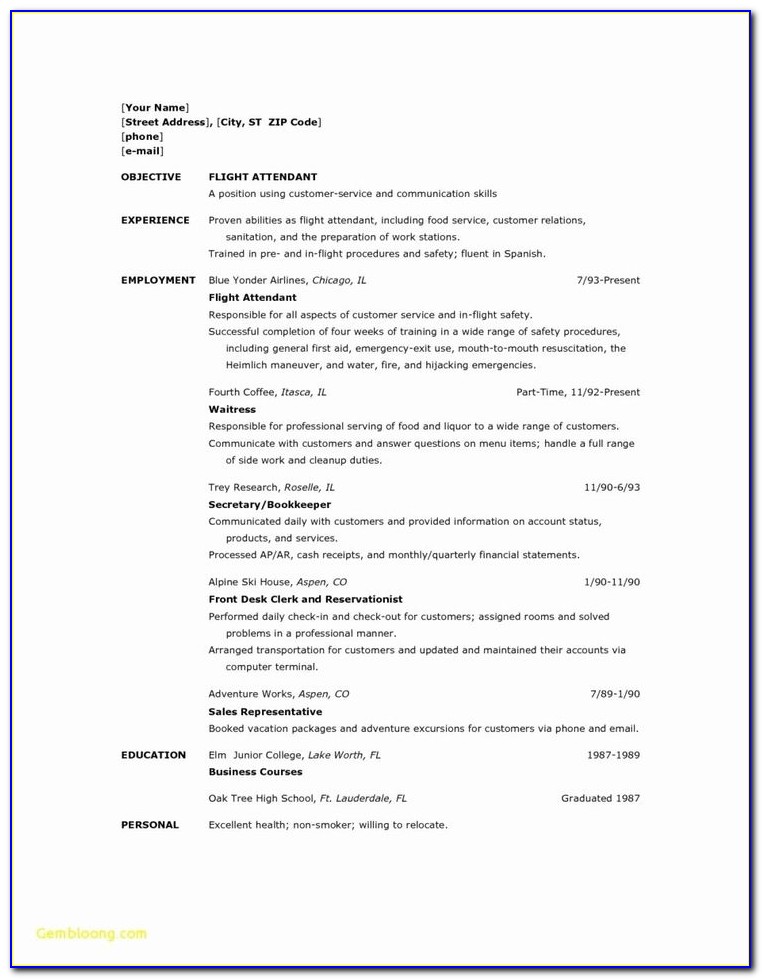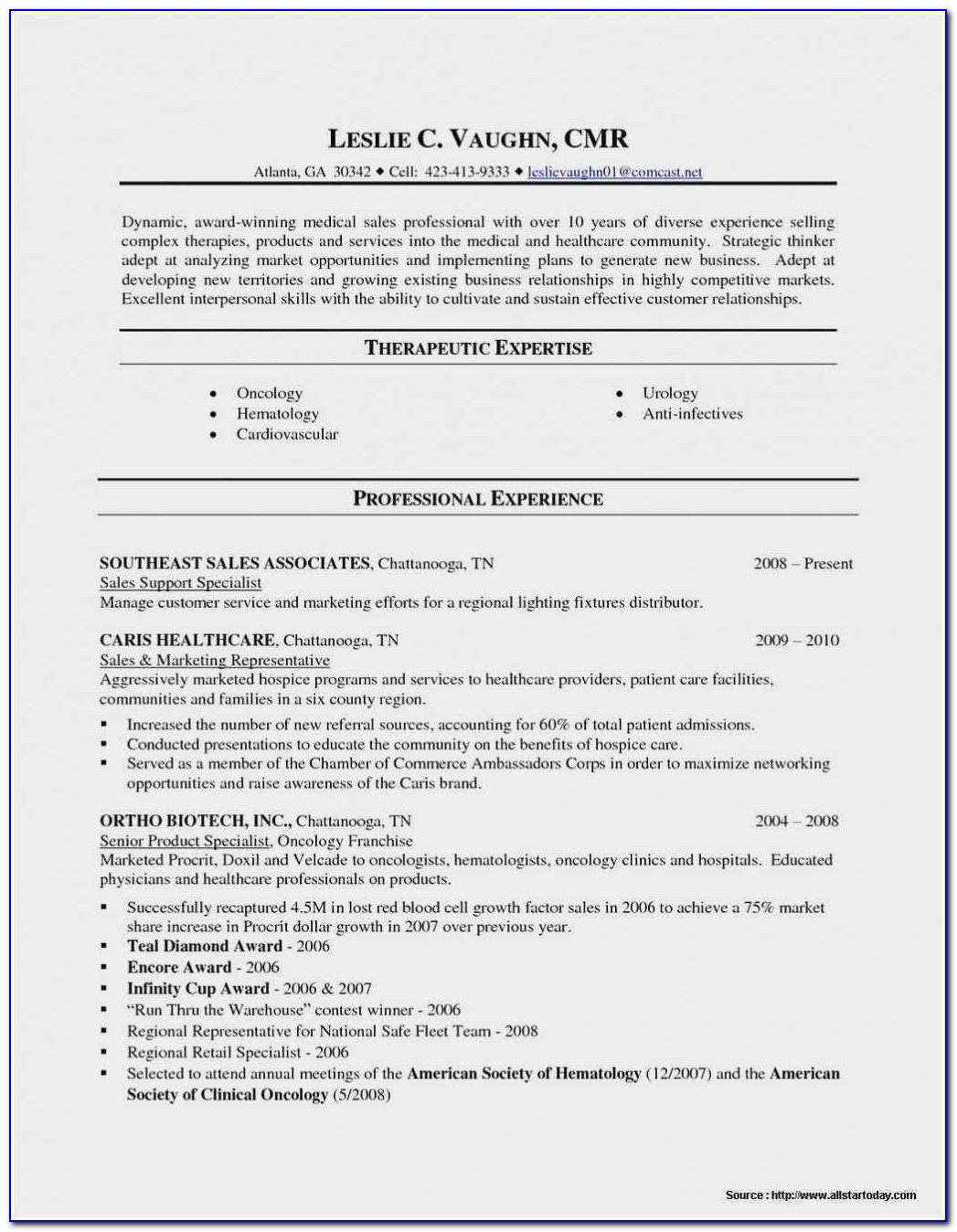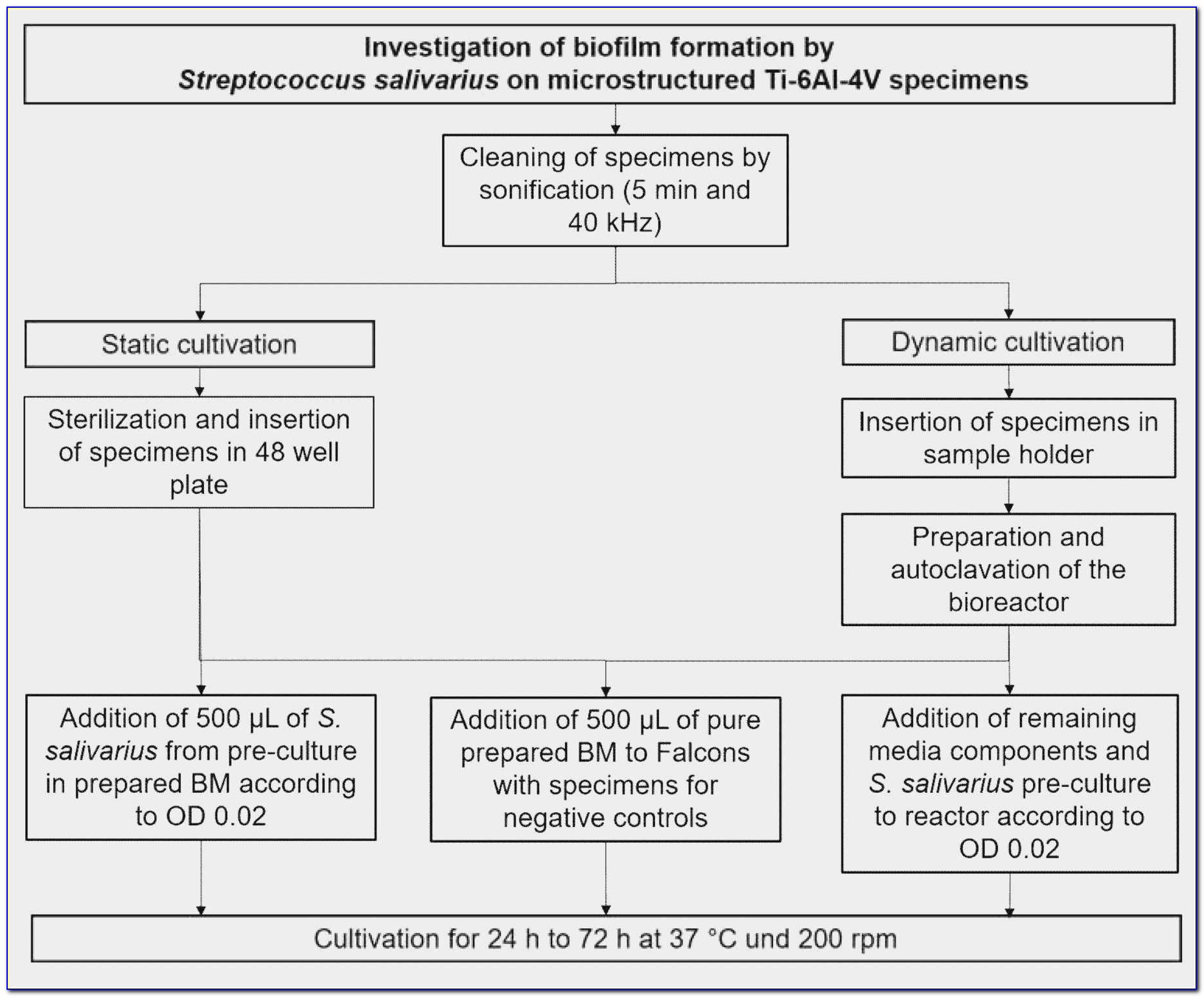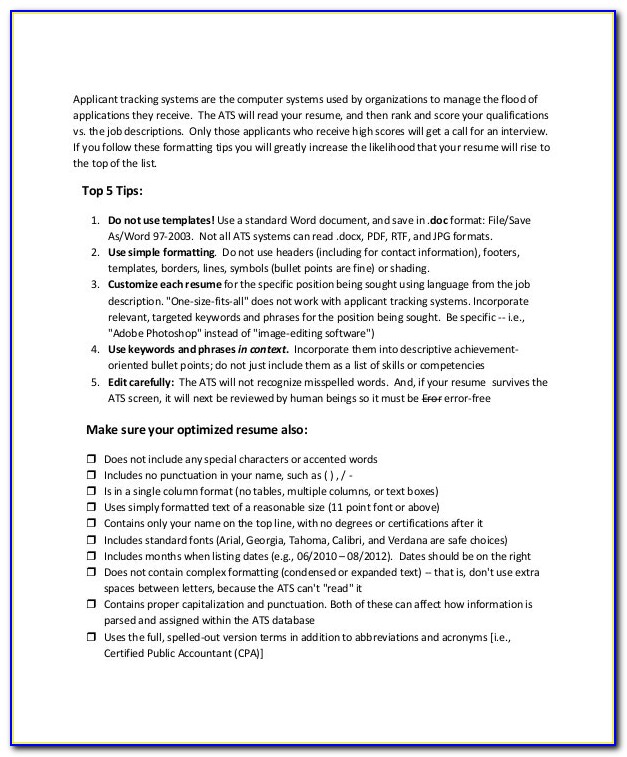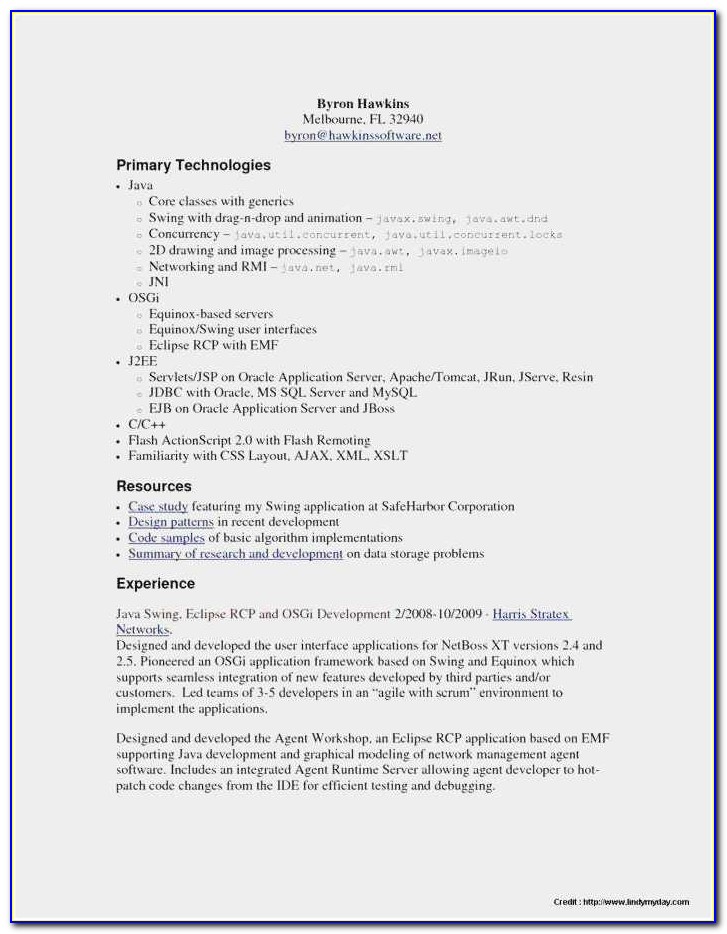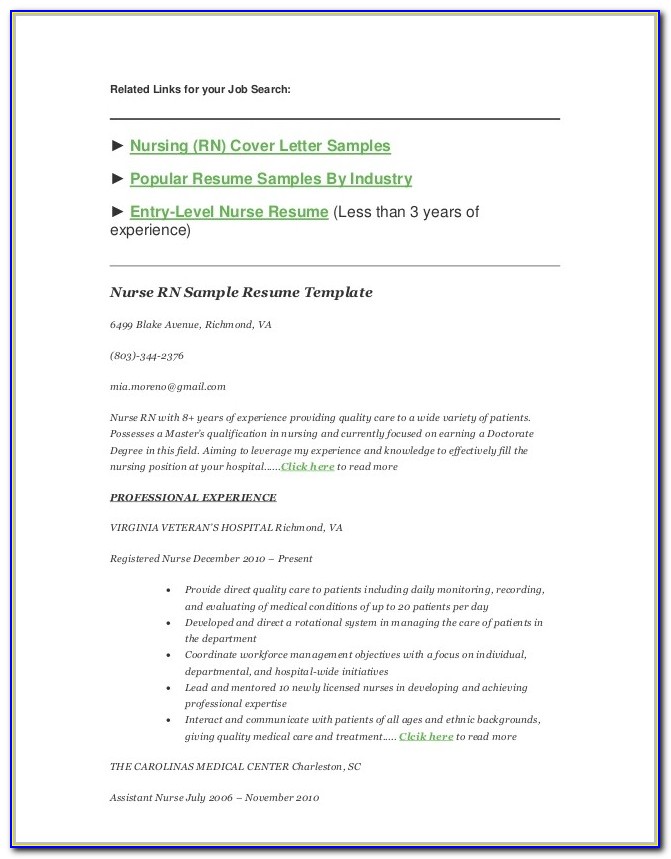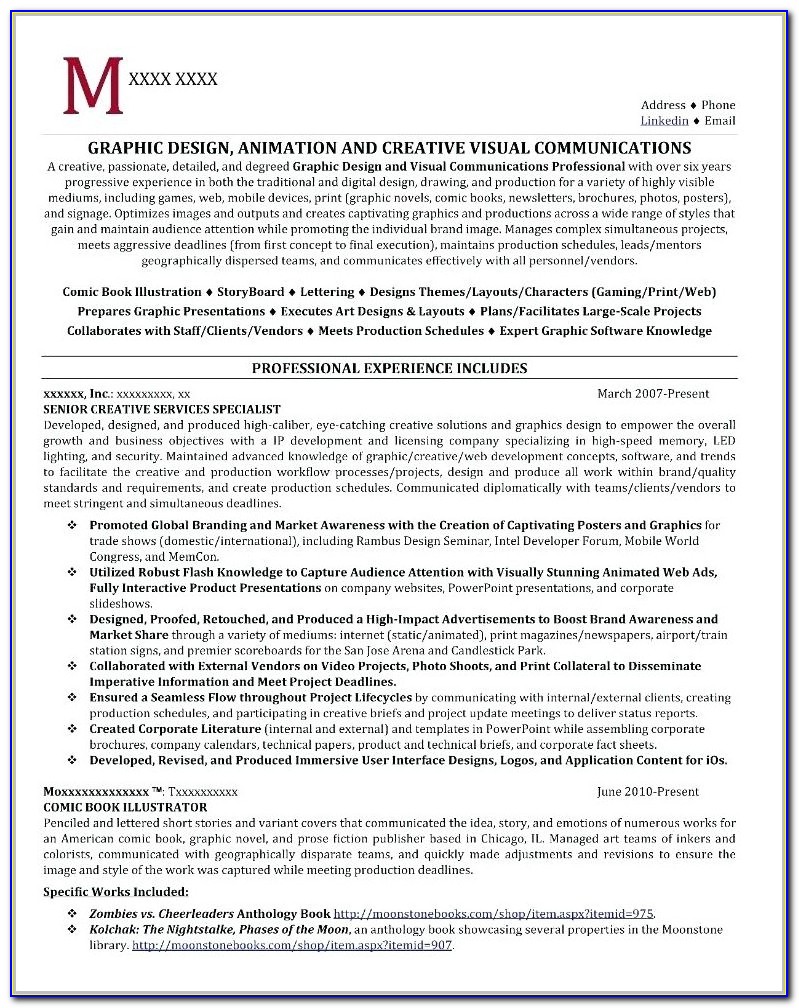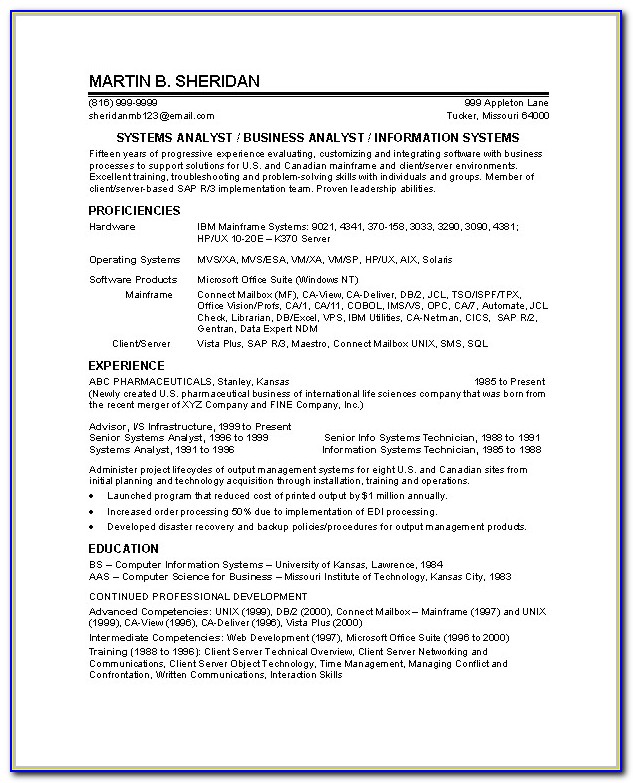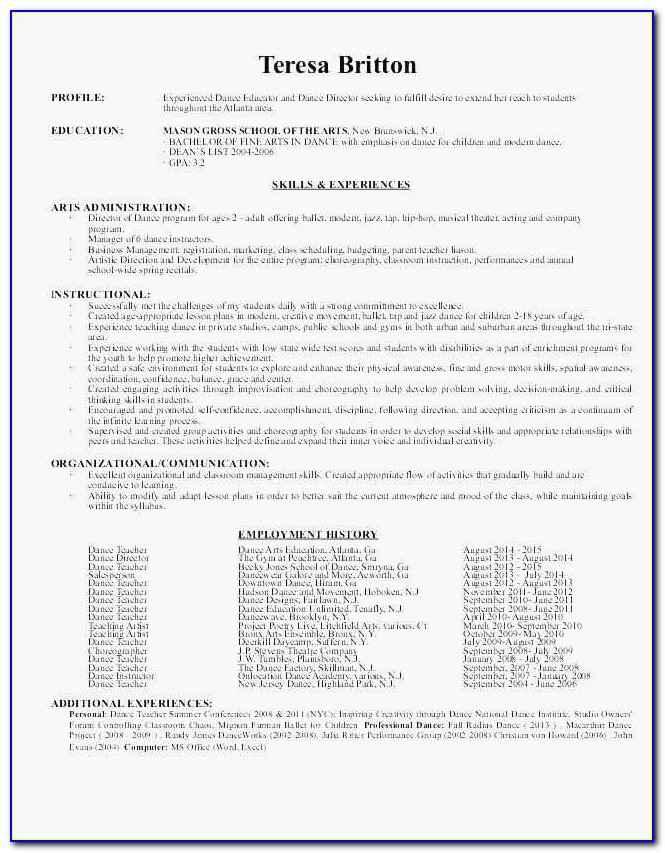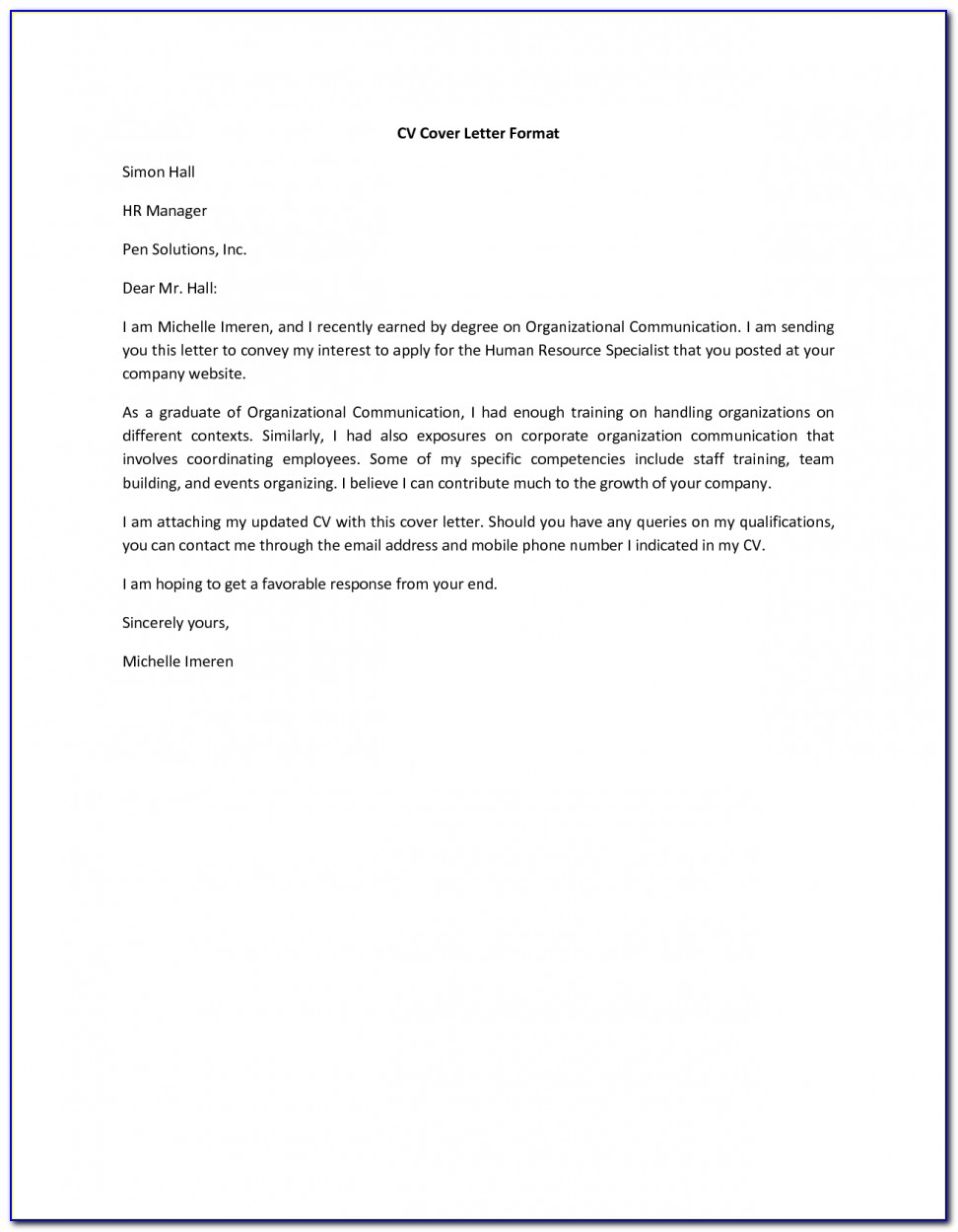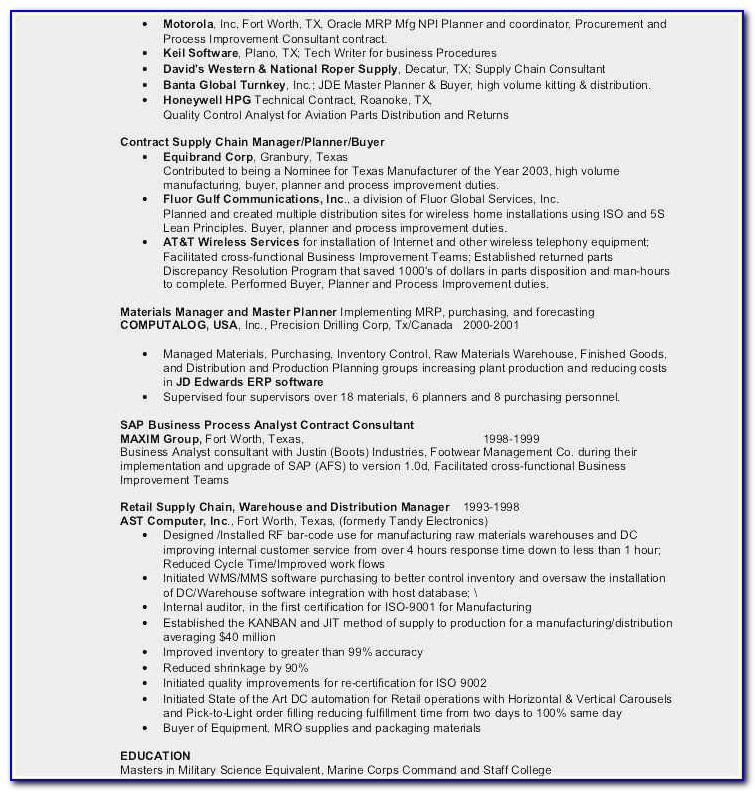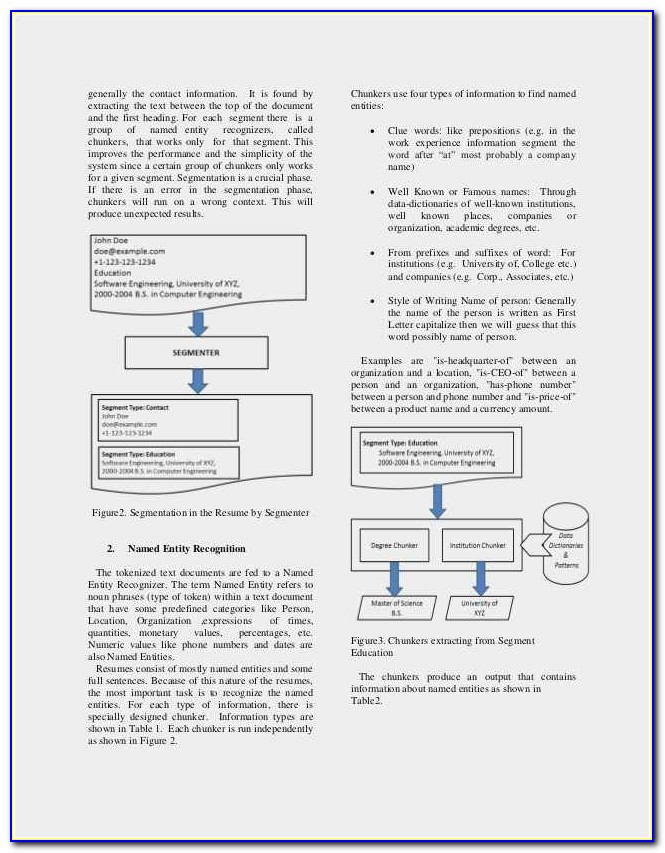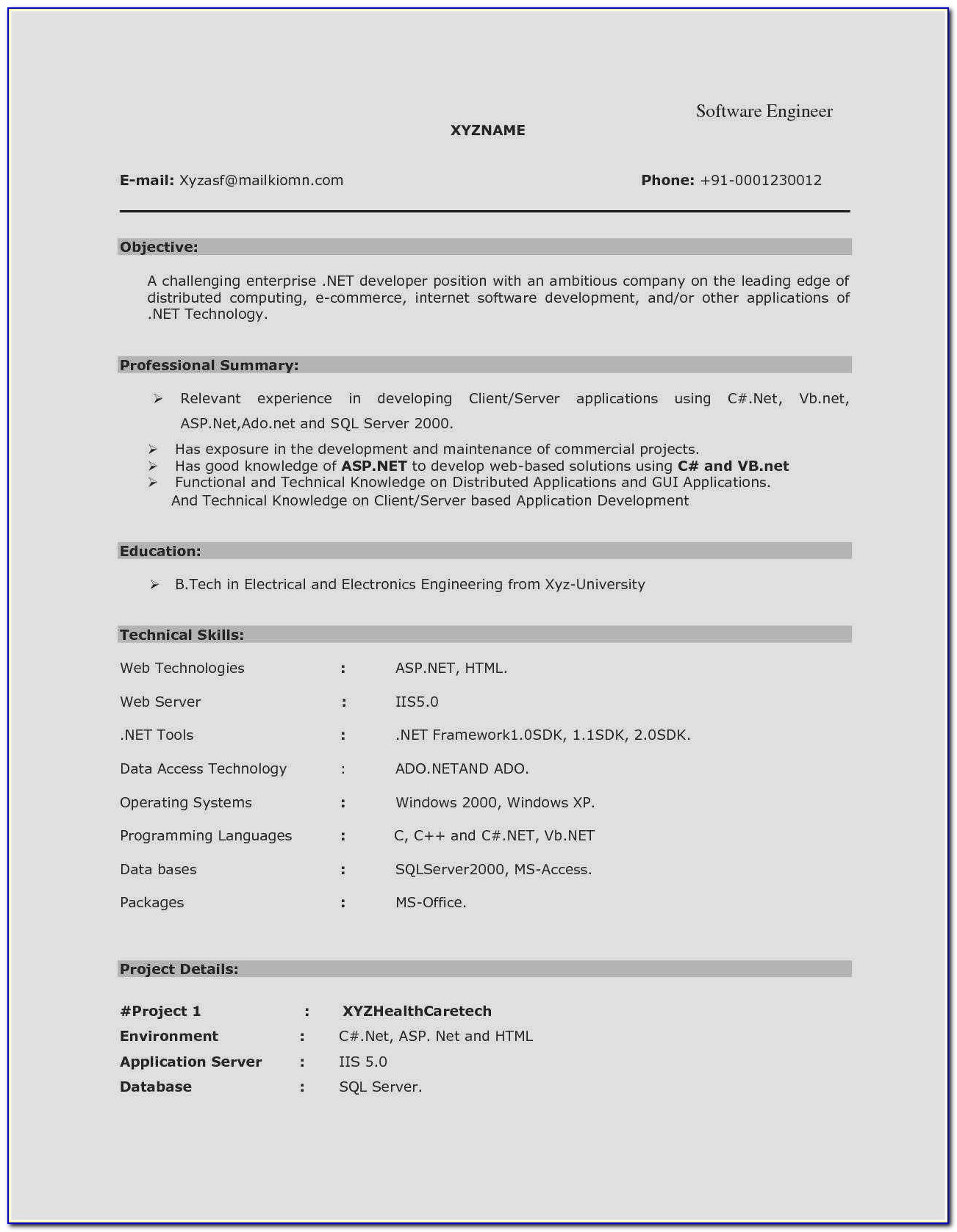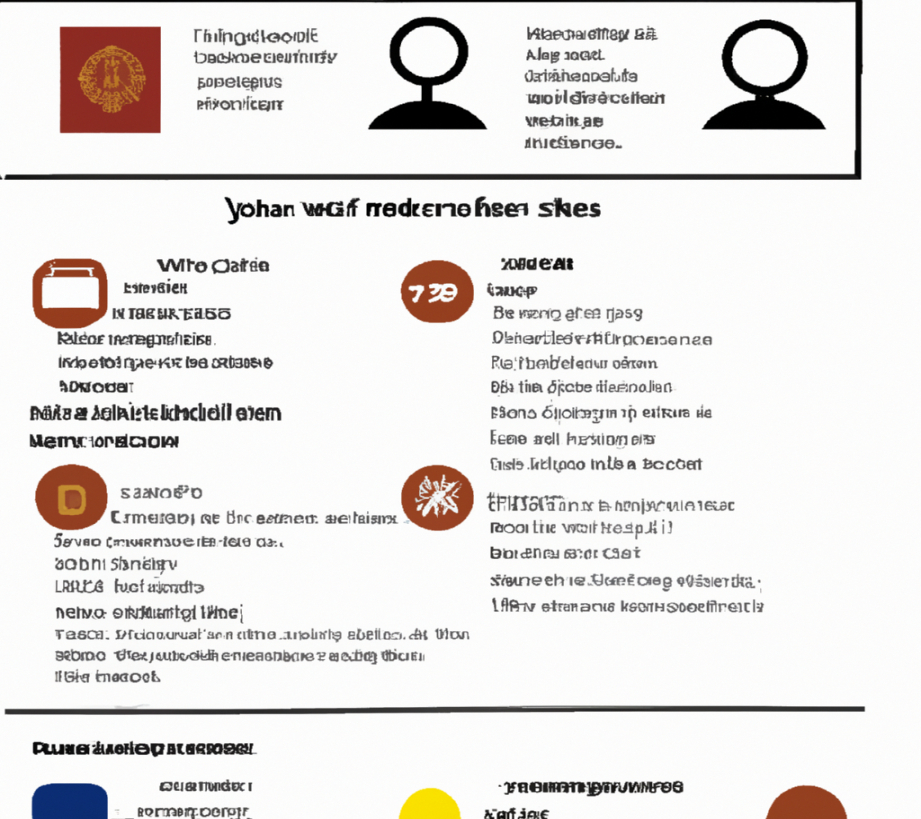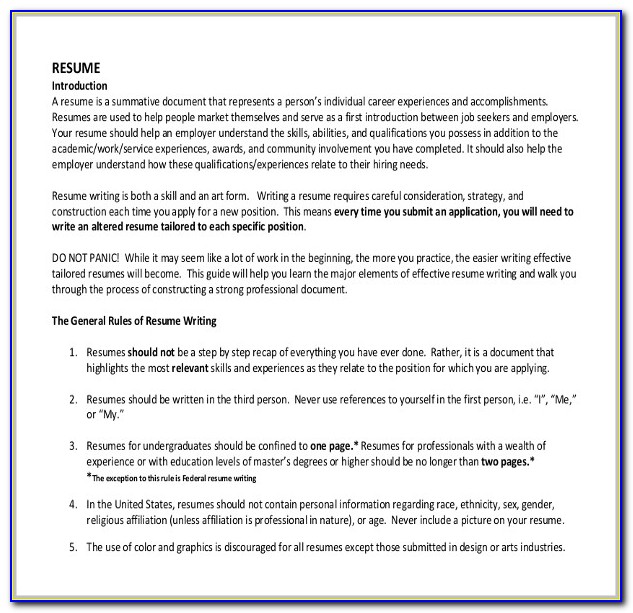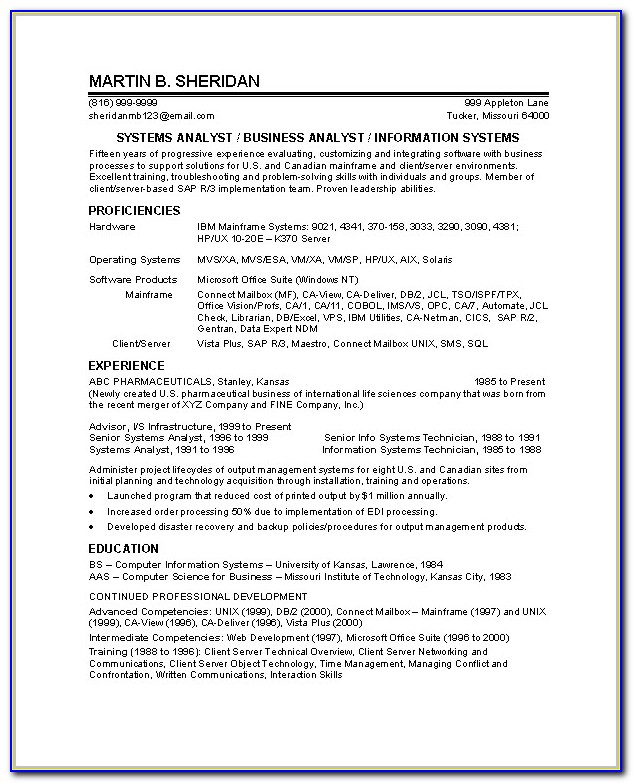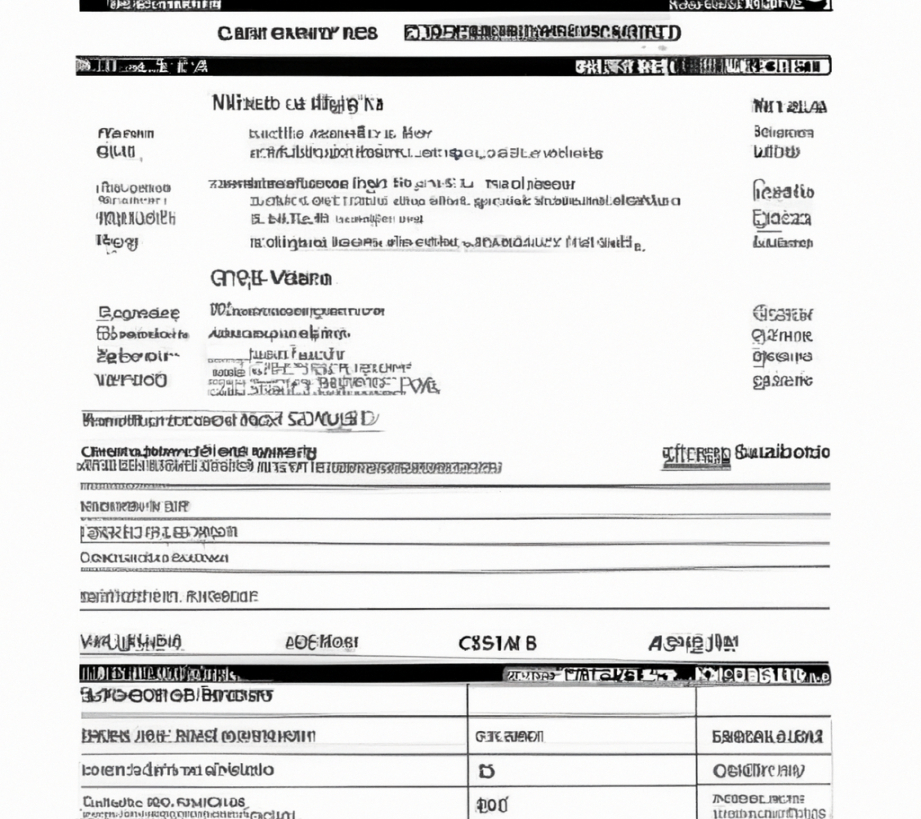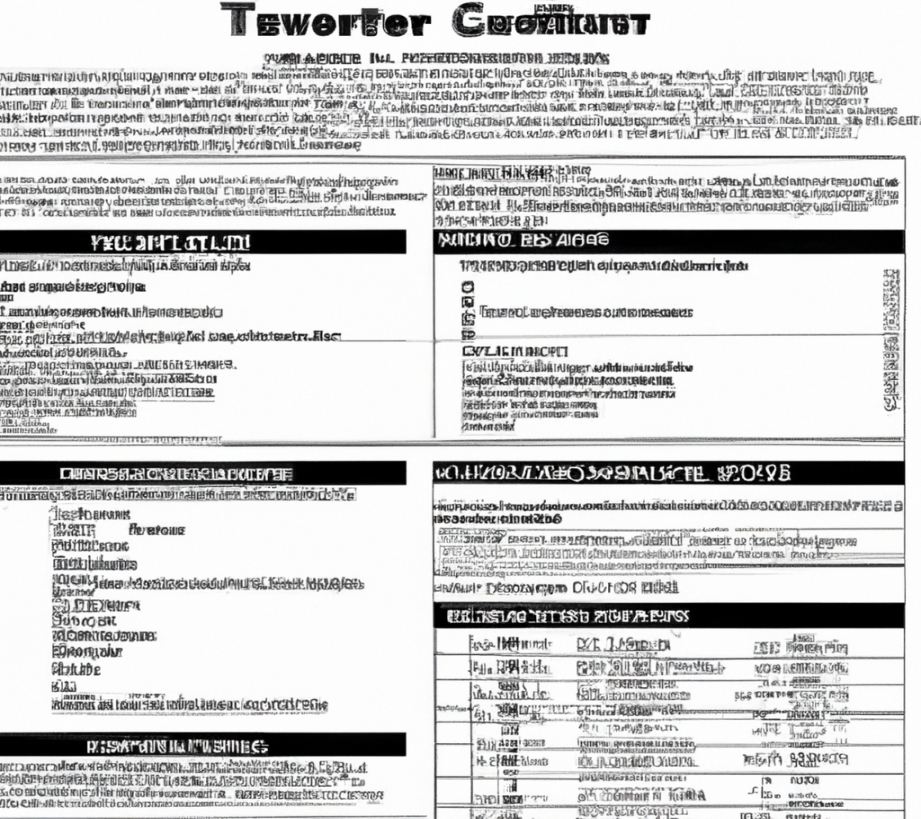A Comprehensive Guide To Creating A Chicago Style Resume
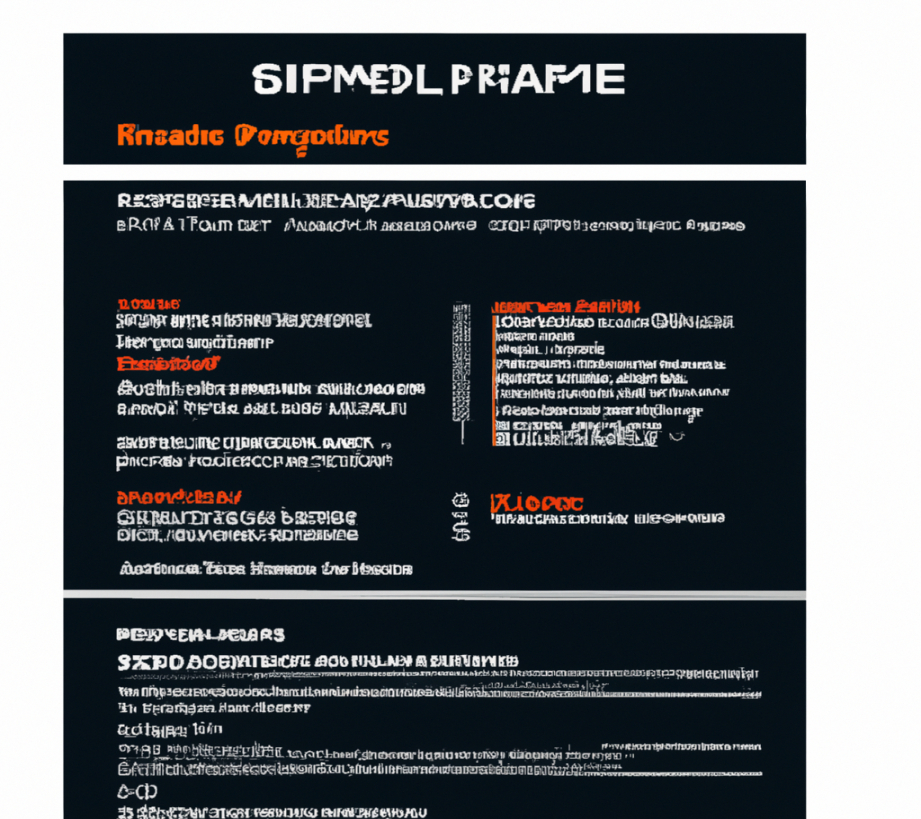
Image Source: windows.net
# Outline of the Article
I. Introduction
– Explanation of the chicago style resume
– Importance of the Chicago style resume
II. The Elements of a Chicago Style Resume
– Contact Information
– Objective/Summary
– Work Experience
– Education
– Skills
– Awards and Achievements
– References
III. Writing a Chicago Style Resume
– Formatting
– Tips and Tricks
– Common Mistakes to Avoid
IV. Examples of Chicago Style Resumes
– Entry-Level
– Mid-Level
– Executive
V. Comparison between Chicago Style and Other Resume Styles
– Chronological
– Functional
– Combination
VI. The Advantages of Using the Chicago Style Resume
– Professionalism
– Clarity
– Organization
VII. Conclusion
– Recap of the Chicago Style Resume
– Final Thoughts
VIII. FAQs
– What is the Chicago Style Resume?
– How do I format a Chicago Style Resume?
– What are the advantages of using a Chicago Style Resume?
– What is the best way to write an objective/summary in a Chicago Style Resume?
– How can I make my Chicago Style Resume stand out?
# The Chicago Style Resume: A Comprehensive Guide
In today’s job market, having a well-crafted resume can make all the difference in landing your desired job. Resumes come in various styles, but one that stands out is the Chicago style resume. This type of resume is a popular format that presents a clear and organized summary of your skills, achievements, education, and work experience in a professional manner. In this article, we’ll delve into the Chicago style resume and provide tips and examples to help you stand out from the competition.
## The Elements of a Chicago Style Resume
The Chicago style resume consists of several key elements that should be included to create a comprehensive and effective resume.
### Contact Information
First and foremost, your resume should include updated and accurate contact information, such as your full name, address, phone number, and email address. This information should be placed at the top of your resume, making it easily accessible to potential employers.
### Objective/Summary
The objective or summary section should be a brief statement that highlights your career goals and summarizes your relevant skills and experience. It should be tailored to the specific job you are applying for, and it should be concise and to the point.
### Work Experience
The work experience section should list your previous and current job positions, including your job title, company name, and employment dates. Under each position, you should include a bullet-point list of your key responsibilities and achievements.
### Education
The education section should include your academic credentials, including the name of the school, degree or certification earned, and dates of attendance. You can also include any relevant coursework, honors or awards, and extracurricular activities.
### Skills
The skills section should list your relevant technical and soft skills, such as proficiency in a foreign language, software or programming languages, and leadership or communication skills.
### Awards and Achievements
The awards and achievements section should highlight any professional or academic recognition you have received, such as scholarships, grants, or publications.
### References
The references section can be included at the end of the resume, or you can state that references are available upon request. Make sure to include the name, title, company, and contact information of your references.
## Writing a Chicago Style Resume
When creating a Chicago style resume, formatting is key. The resume should be organized and easy to read, with clear headings and bullet points. Here are some tips to help you craft a standout Chicago style resume:
### Formatting
Use a clear and readable font, such as Times New Roman or Arial, in a size 10-12 point. Keep the formatting consistent throughout the resume, using bold or italics to emphasize key headings or phrases.
### Tips and Tricks
Tailor your resume to the specific job you are applying for, using keywords from the job description throughout the resume. Be concise and to the point, using action verbs to describe your achievements and responsibilities. Use metrics and numbers to quantify your accomplishments, and avoid using personal pronouns.
### Common Mistakes to Avoid
Avoid using jargon or industry-specific terms that may not be understandable to someone outside of your field. Don’t include irrelevant information, such as your hobbies or personal interests, and make sure to proofread your resume for grammar and spelling errors.
## Examples of Chicago Style Resumes
To get a better idea of what a Chicago style resume looks like, let’s take a look at some examples:
### Entry-Level
[Insert Entry-Level Chicago Style Resume Example]
### Mid-Level
[Insert Mid-Level Chicago Style Resume Example]
### Executive
[Insert Executive Chicago Style Resume Example]
## Comparison between Chicago Style and Other Resume Styles
There are several other resume styles, including chronological, functional, and combination. Here’s a breakdown of the differences between these styles and the Chicago style resume:
### Chronological
The chronological resume lists your work experience in reverse chronological order, starting with your most recent position. It is a popular style for those with a consistent job history.
### Functional
The functional resume emphasizes your skills and achievements rather than your work experience. It is a popular style for those with gaps in their employment history or those changing careers.
### Combination
The combination resume combines elements of the chronological and functional resume styles, highlighting both your work experience and skills.
## The Advantages of Using the Chicago Style Resume
There are several advantages to using the Chicago style resume, including:
### Professionalism
The Chicago style resume presents a clear and professional image to potential employers, highlighting your relevant skills and experience in a concise and organized manner.
### Clarity
The Chicago style resume is easy to read and understand, with clear headings and bullet points that highlight your key achievements and responsibilities.
### Organization
The Chicago style resume is well-organized, with clear sections that present your skills and experience in a logical and cohesive manner.
## Conclusion
The Chicago style resume is a popular and effective format for presenting your skills and experience to potential employers. By following the tips and examples provided in this article, you can create a standout Chicago style resume that highlights your relevant achievements and qualifications.
## FAQs
### What is the Chicago Style Resume?
The Chicago style resume is a popular format that presents a clear and organized summary of your skills, achievements, education, and work experience in a professional manner.
### How do I format a Chicago Style Resume?
Use a clear and readable font, such as Times New Roman or Arial, in a size 10-12 point. Keep the formatting consistent throughout the resume, using bold or italics to emphasize key headings or phrases.
### What are the advantages of using a Chicago Style Resume?
The advantages of using a Chicago style resume include professionalism, clarity, and organization.
### What is the best way to write an objective/summary in a Chicago Style Resume?
The objective/summary should be a brief statement that highlights your career goals and summarizes your relevant skills and experience. It should be tailored to the specific job you are applying for, and it should be concise and to the point.
### How can I make my Chicago Style Resume stand out?
Tailor your resume to the specific job you are applying for, using keywords from the job description throughout the resume. Use metrics and numbers to quantify your accomplishments, and avoid using personal pronouns. Proofread your resume for grammar and spelling errors.
Tags :